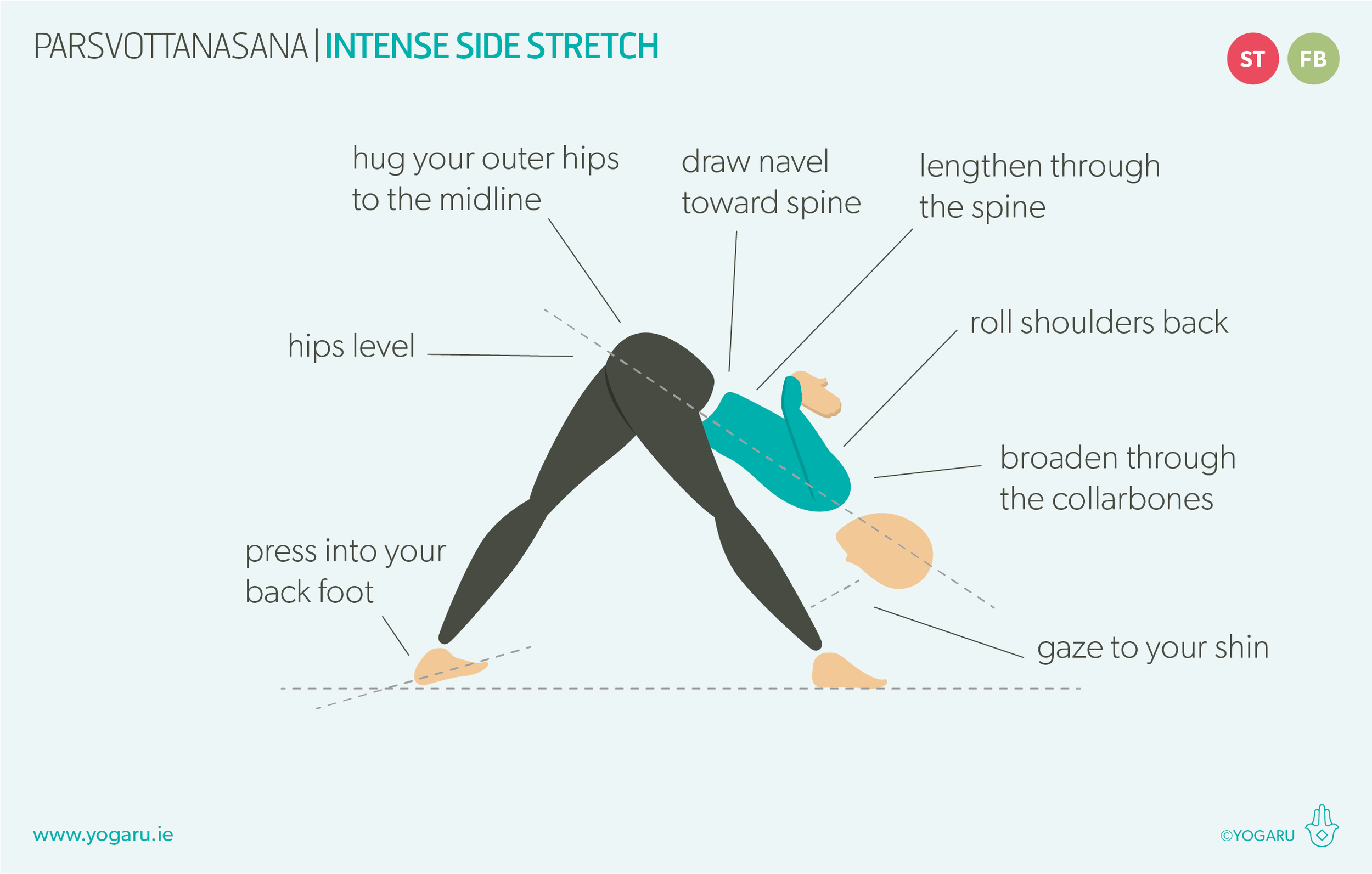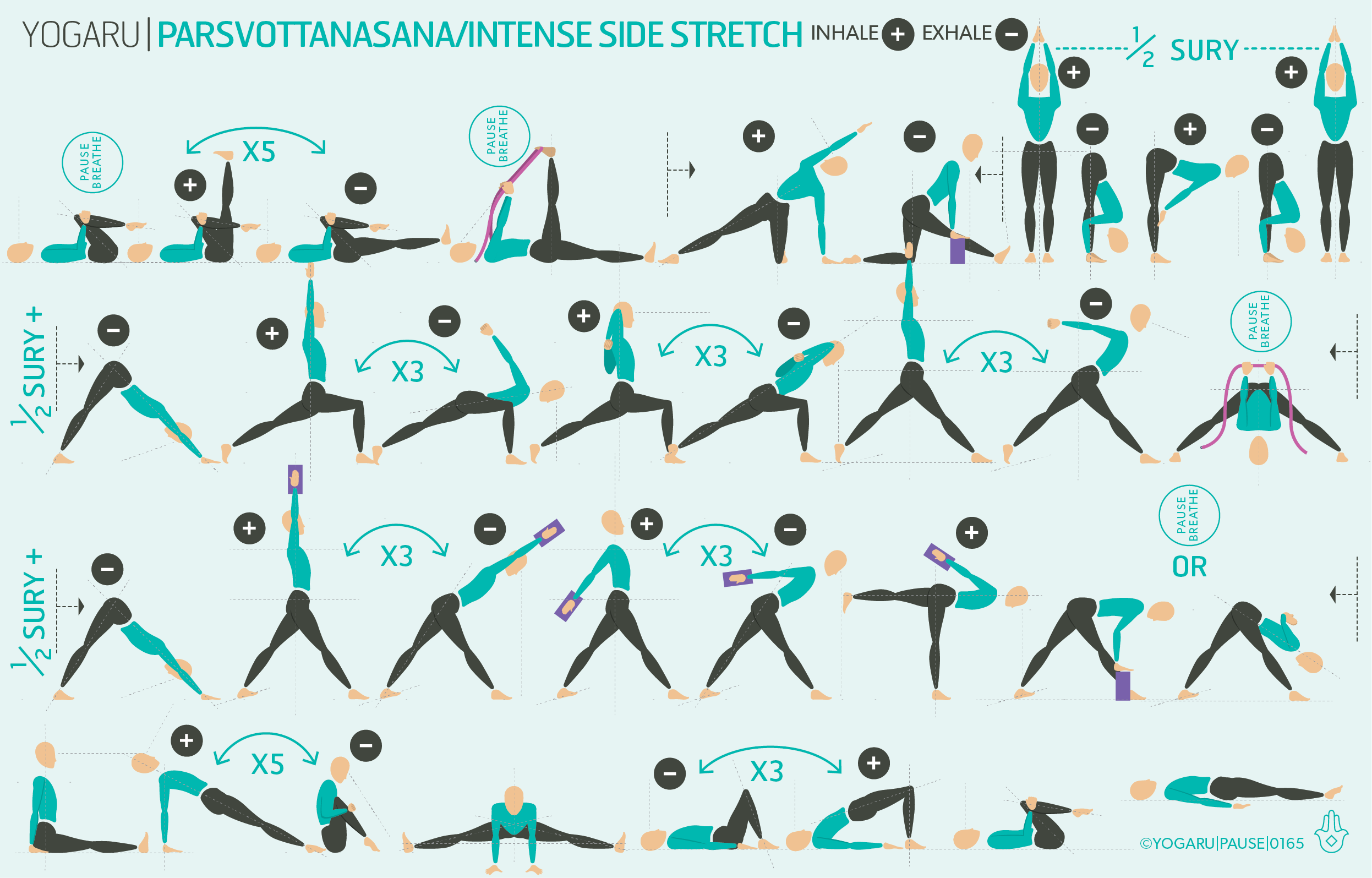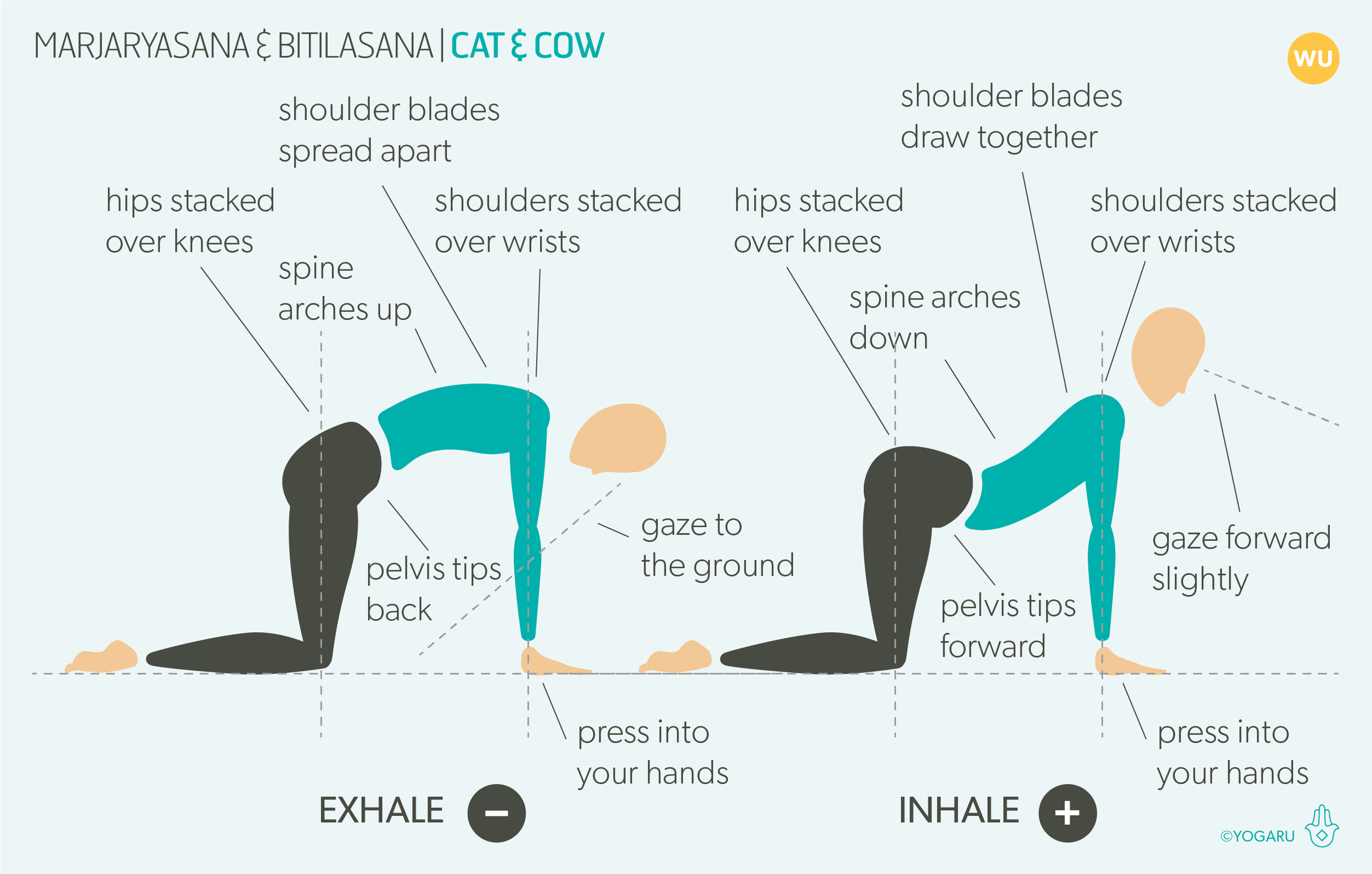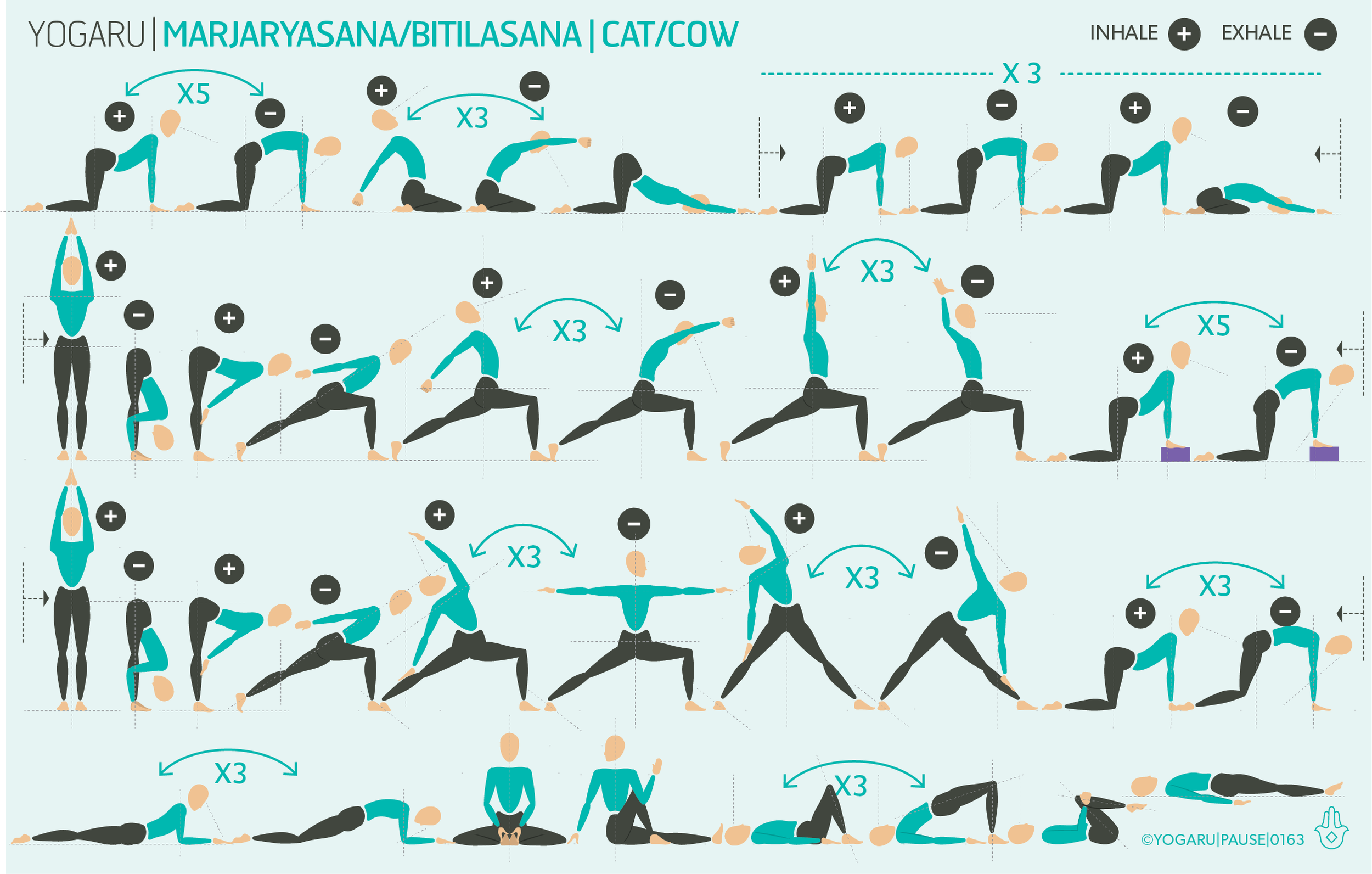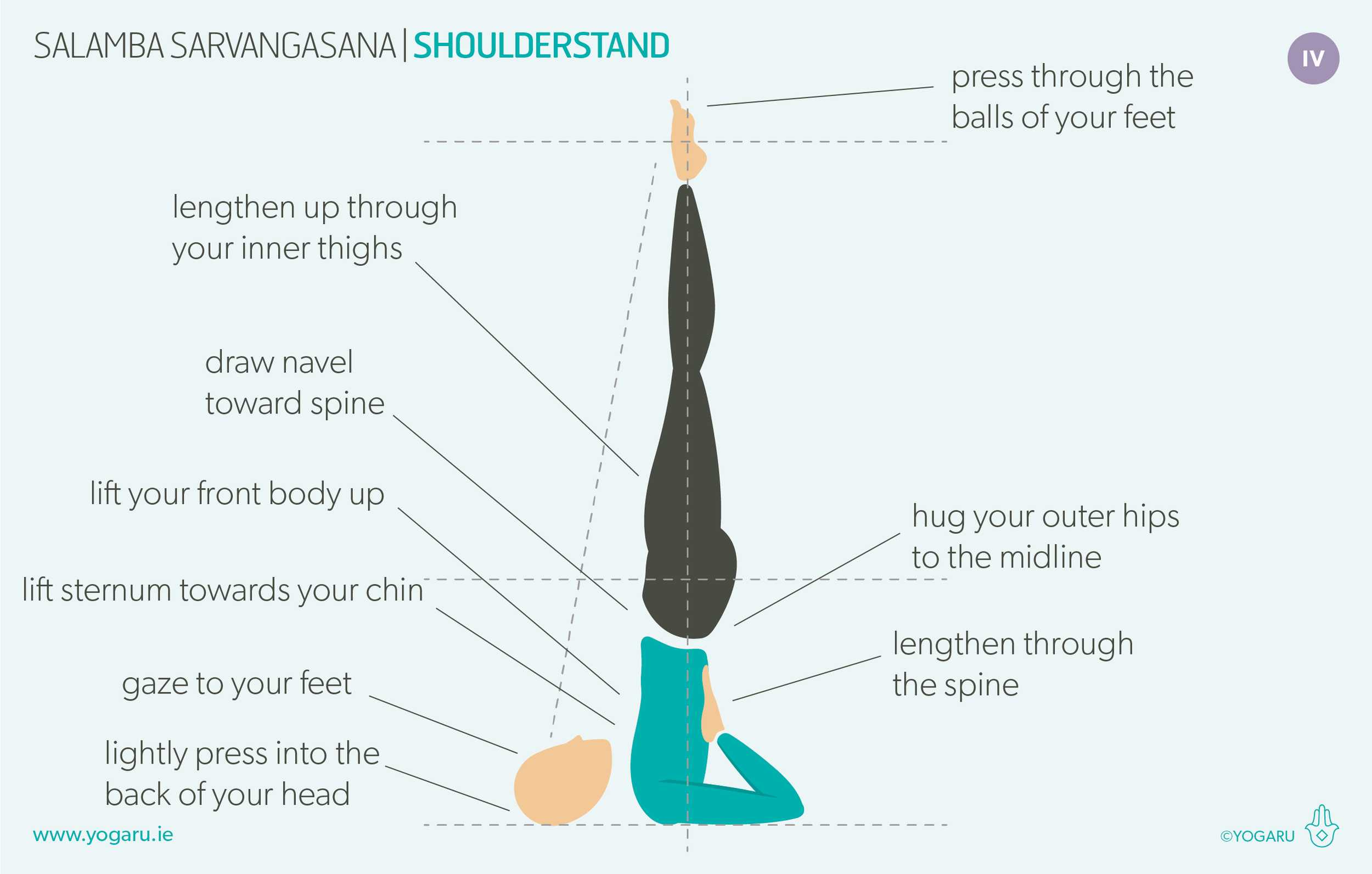HELLO HAMS!
There is something very humbling and respectful about this Parsvottanasana/Intense Side Stretch. As you bow forward, whether your arms are in prayer or not, it feels like you are paying homage to the practice of yoga. I would take that a step further and add that you are bowing with appreciation and reverence to yourself too for turning up for yourself to your practice! For this reason this is definitely not a pose to be rushed.
Parsvottanasana/Intense Side Stretch is more of an intense back body stretch, mainly the hamstrings and the glutes, rather than a ‘side stretch’ as the name suggests! The front leg is extended and straight, which immediately brings a stretch into the hamstrings when the upper body hinges forward. When you compare Parsvottanasana/Intense Side Stretch to Baddha Virabhadrasana/ Humble Warrior the stretch is not as intense in the latter, because the hamstring is contracting to bend the knee. For this reason, if you find you hit a ‘hamstring wall’ in Parsvottanasana/Intense Side Stretch, bend the front knee as much as you need to, to give you more room to hinge forward over the extended leg. Bringing the feet slightly wider, left to right, will also give more space to extend forward with the upper body. If you are inclined to hyperextend your knees, keep a soft bend in your front leg as you fold forward.
THE BENEFITS OF PARSVOTTANASANA/INTENSE SIDE STRETCH
Parsvottanasana/Intense Side Stretch strengthens the legs, hip flexors, core and quads. It stretches the whole back body, including the shoulders, wrists, spine, hamstrings and glutes. It helps you find your connection to the earth and ground down to grow roots. As a forward fold it gently massages the organs of the abdominals; aids digestion; eases headaches, fatigue, stress & anxiety. Not only is it a forward bend but it is also an inversion, as the head is below the heart, which increases circulation and boosts the immune system.
EXPLORING PARSVOTTANASANA/INTENSE SIDE STRETCH IN YOUR PRACTICE
As with all intense poses there are plenty of versions for Parsvottanasana/Intense Side Stretch. Bringing the arms into reverse prayer can be challenging for most. It requires a lot of internal rotation and extension of the shoulders, and deep wrist extension too. If this is not for you, take one of the following options – hold your elbows behind your back; extend your arms back; bring your hands to prayer position in front of you or bring your hand to the ground or bricks either side of your front foot. Regardless of which arm position you take, remember to expand the chest and elongate both sides of your waist as you fold forward, to ensure you don’t collapse the spine forward instead of hinging from the hip joint. If you find you have very little forward rotation of the hips, simply stay more upright and work on maintaining the integrity of the spine and keeping the hips level and hugging to the midline.
There are plenty of opportunities to prepare all the strengthening muscles and stretching muscles. The sequence starts with some hamstring and glute warm ups to help release any tightness in the back of the hips. The first standing flow preps for your peak pose with the back heel lifted, and the second standing flow has the back leg grounded ready for Parsvottanasana/Intense Side Stretch. If you encounter a pose that hits a particular part of the back body that needs extra attention, take a few more breaths in there.
ALIGNMENT CUES
Ground down into both feet as you hinge forward into Parsvottanasana/Intense Side Stretch. Feel a solid connection to the ground beneath you.
Have a read of the tips below and either print out the sequence or save it onto your device:
From Virabhadrasana I, step your left foot forward slightly, inhale, bring your arms behind your back and clasp your elbows, or draw your palms together in reverse prayer position. Broaden through the collarbones, lengthen through your spine.
Exhale, hinge forward from the hip joint over your right leg, hips level, right hip draws back, left hip draws forward.
Inhale, broaden through the collarbones, reach the chest forward, exhale, fold forward, release your head towards the front leg, keep the legs firm, gaze to your shin.
To save the images for personal use click and hold down the image until the ‘save image’ option appears; on Mac hold down ‘control’ and click the image to get the option box; on PC right click on the image to get the option box. Scroll down in the ‘option box’ and click ‘save image’.
Ruth Delahunty Yogaru


